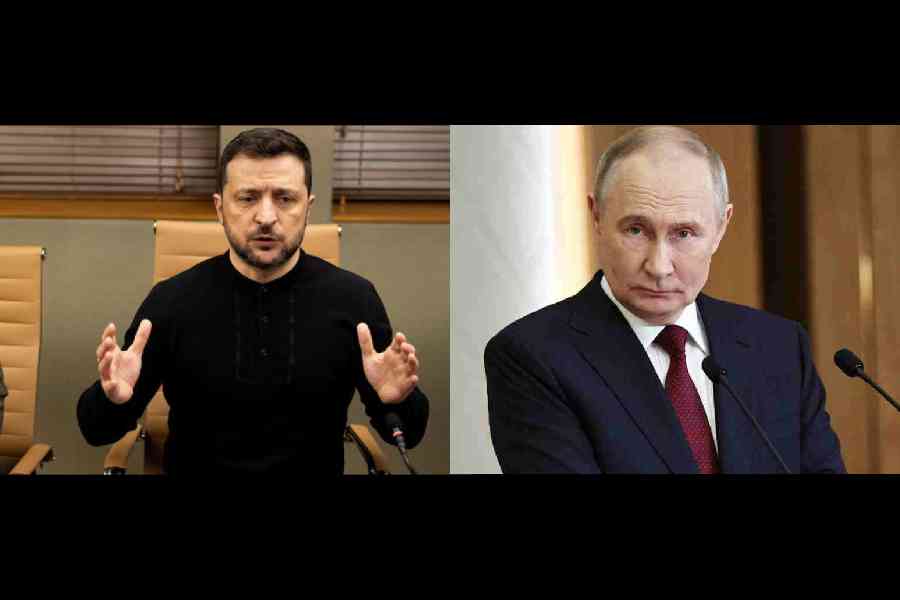Russia proposes harsh conditions in peace talks with Ukraine.
Russia-Ukraine Peace Talks: No Ceasefire, Only Prisoner Swap Agreed!
Table of Contents
Russia and Ukraine fail again !
The latest round of direct peace negotiations between Russia and Ukraine, held in Istanbul, Turkey, concluded without significant progress toward ending the ongoing conflict. Despite hopes for a breakthrough, the talks, which lasted just over an hour, resulted only in an agreement to exchange sick and wounded prisoners of war and to repatriate the bodies of fallen soldiers. This article explores the key outcomes, proposals, and challenges from the discussions, shedding light on the persistent divide between the two nations.

Key Outcomes of the Istanbul Talks
Limited Agreements Reached
The negotiations, facilitated by Turkey, yielded a modest agreement to exchange all sick and heavily wounded prisoners of war, as well as those under 25 years old. Both sides also committed to returning the bodies of 12,000 deceased soldiers—6,000 from each side—though no specific timeline was provided for these exchanges. This humanitarian gesture marks a small step forward but falls short of addressing the broader issues fueling the war.
Russia and Ukraine fail again – No Progress on Ceasefire
Ukraine reiterated its demand for a comprehensive and unconditional 30-day ceasefire across land, sea, and air to halt hostilities. Ukrainian Defence Minister Rustem Umerov, leading Kyiv’s delegation, emphasized the urgency of stopping the violence. However, Russia rejected this proposal, instead suggesting a limited two- or three-day truce in specific frontline areas to collect fallen soldiers. Ukrainian President Volodymyr Zelensky sharply criticized this offer, arguing that a ceasefire’s purpose is to prevent further loss of life, not merely to recover bodies.
Divergent Proposals and Demands
Ukraine’s Position
Ukraine presented a detailed peace roadmap, which includes:
- No restrictions on its military capabilities post-conflict.
- Rejection of Russian claims over occupied territories, including Crimea and parts of Donetsk, Luhansk, Kherson, and Zaporizhzhia.
- Demands for reparations from Russia for war damages.
- The return of hundreds of Ukrainian children allegedly abducted to Russia, though Russia agreed to address only 10 cases.
Kyiv also proposed further talks before the end of June, expressing hope for a direct meeting between Zelensky and Russian President Vladimir Putin to resolve outstanding issues. However, no progress toward such a summit was reported.
Russia and Ukraine fail again – Russia’s Demands
Russia’s position, as outlined in a memorandum published by Interfax, remains uncompromising. Moscow’s demands include:
- Ukraine’s withdrawal from Donetsk, Luhansk, Kherson, Zaporizhzhia, and recognition of Crimea as Russian territory.
- Ukraine’s neutrality, barring it from joining NATO or other military alliances.
- Limits on the size of Ukraine’s armed forces.
- Recognition of Russian as an official language and legal protections for Russian speakers.
- A ban on the “glorification of Nazism,” a claim Ukraine dismisses as baseless.
- Lifting of international sanctions on Russia.
Russia proposed two ceasefire options, both deemed unacceptable by Ukraine:
- A full Ukrainian military withdrawal from the four partially occupied regions.
- A halt to Ukraine’s military redeployments, foreign military aid, and satellite communications, alongside lifting martial law and holding elections within 100 days.
These conditions have been widely criticized by Ukraine and its allies as tantamount to surrender.
Escalating Tensions and Military Developments
Ukraine’s Bold Strike
Amid stalled talks, Ukraine launched a significant drone operation, codenamed “Spider’s Web,” targeting Russia’s nuclear-capable bomber fleet in Siberia and northern Russia. The attack, involving 117 drones, reportedly caused substantial damage, though accounts vary. Western analysts described it as one of Ukraine’s most audacious operations, highlighting Kyiv’s determination to counter Russian advances despite the lack of diplomatic progress.
Russia’s Battlefield Gains
Russia continues to control approximately 20% of Ukrainian territory, including Crimea, annexed in 2014, and parts of four southeastern regions. Recent Russian drone and missile attacks, alongside territorial advances in May, have intensified the conflict, underscoring the urgency of a resolution.
International Reactions and Mediation Efforts
U.S. Involvement
U.S. President Donald Trump has advocated for a swift resolution but has delayed imposing tougher sanctions on Russia. White House spokesperson Karoline Leavitt indicated Trump’s openness to a trilateral summit with Zelensky and Putin, though no concrete plans have emerged. Trump’s recent criticism of Putin as “absolutely crazy” following Russian attacks on Ukraine drew a Kremlin retort accusing him of “emotional overload.”
Turkey’s Role
Turkish President Tayyip Erdogan described the Istanbul talks as productive and expressed hope for hosting a Zelensky-Putin summit. However, the lack of a ceasefire agreement dampened expectations for immediate progress.
Western Allies’ Concerns
Ukraine’s European allies, alongside the U.S., have accused Russia of stalling negotiations to consolidate territorial gains. The absence of prior notification to the U.S. and UK about Ukraine’s drone strikes reflects Kyiv’s operational independence, though it risks complicating diplomatic efforts.
Challenges to Peace
The deep divide between Russia and Ukraine remains the primary obstacle to peace. Russia’s demands for territorial concessions and military restrictions are non-starters for Ukraine, which views them as capitulation
